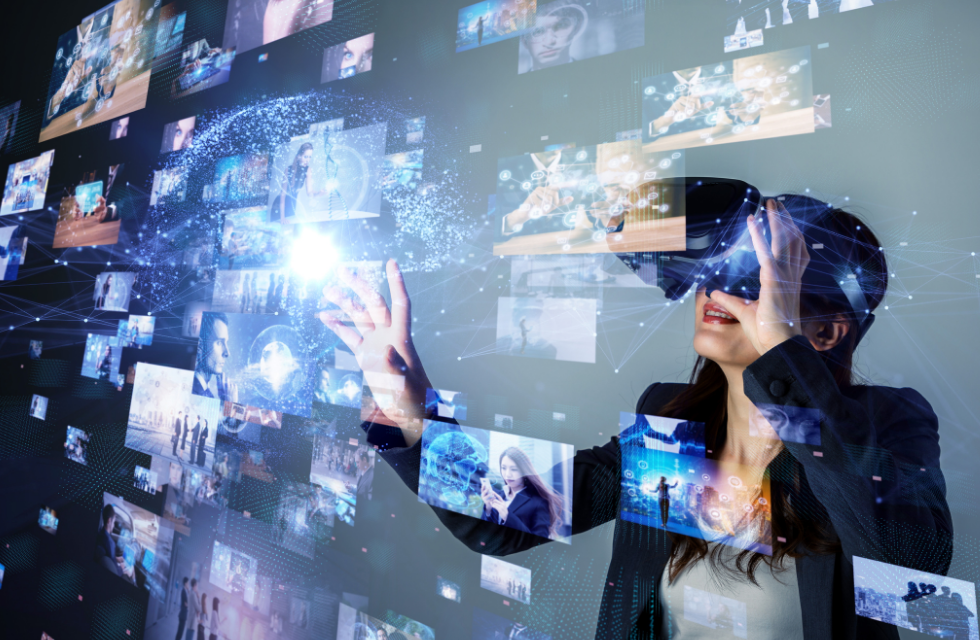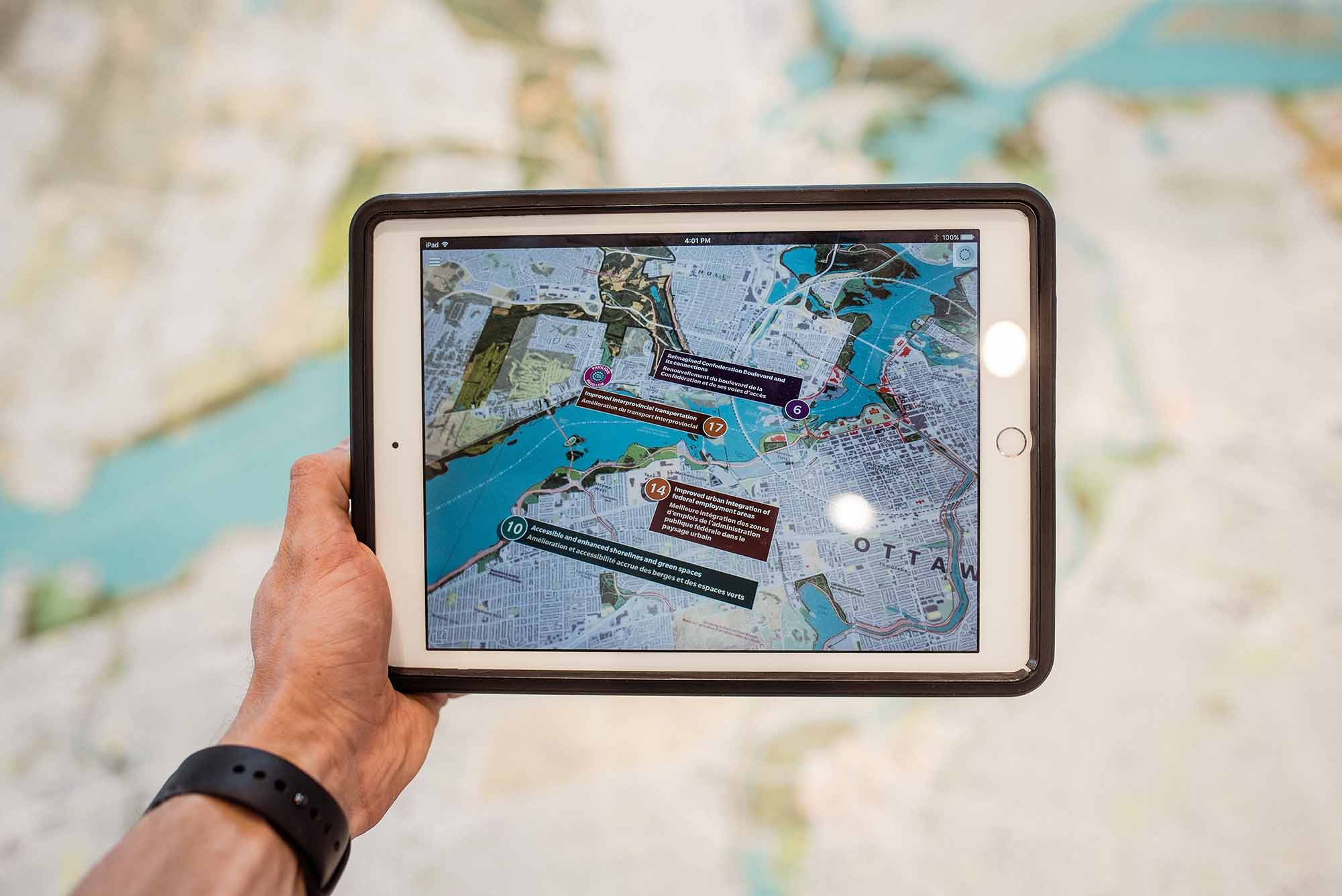Introduction:
In the ever-evolving landscape of digital marketing, innovative technologies continually reshape the way businesses engage with their audience. Augmented Reality (AR), once a futuristic concept, has now become a tangible tool for marketers to create immersive experiences and drive customer engagement. This blog delves into the realm of Augmented Reality Marketing, exploring its applications, benefits, and the transformative impact it has on brand-consumer interactions.
Understanding Augmented Reality:
At its core, Augmented Reality blends digital content with the real-world environment, enhancing the user’s perception and interaction with their surroundings. Unlike Virtual Reality (VR), which immerses users in entirely simulated environments, AR overlays digital elements onto the existing physical world, offering a seamless integration of virtual and real-world experiences.
The Rise of Augmented Reality Marketing:
The ascent of Augmented Reality Marketing marks a revolutionary shift in consumer engagement strategies, where brands leverage AR technology to craft immersive experiences that transcend traditional marketing boundaries. Through the seamless integration of digital elements into real-world environments, AR enables businesses to captivate audiences with interactive product visualizations, virtual try-ons, and gamified brand experiences. This innovative approach not only enhances consumer engagement but also fosters deeper emotional connections, driving brand loyalty and influencing purchase decisions. Augmented Reality Marketing stands at the forefront of a new era in advertising, where creativity, interactivity, and technological innovation converge to redefine the way brands connect with their audience.
Enhanced Consumer Experience:
Augmented Reality elevates traditional marketing campaigns by offering consumers interactive and immersive experiences. From trying on virtual clothing to visualizing products in real-world settings, AR enables brands to engage customers in meaningful ways, fostering stronger emotional connections and driving purchase decisions.
Interactive Product Visualization:
One of the key advantages of AR in marketing is its ability to provide consumers with a hands-on experience of products before making a purchase. Through AR-powered apps, customers can visualize how furniture pieces would look in their homes, test makeup virtually, or even see how a car fits their lifestyle, enhancing confidence in their buying choices.
Gamification and Brand Engagement:
AR games and interactive experiences captivate audiences and encourage them to actively participate in brand campaigns. By gamifying marketing initiatives, businesses can increase brand awareness, foster brand loyalty, and drive social sharing as users immerse themselves in entertaining experiences that promote products or services.
Applications of Augmented Reality Marketing:

Retail and E-commerce:
AR transforms the online shopping experience by allowing consumers to virtually try on clothes, accessories, or even visualize how furniture fits into their living spaces. Retailers can leverage AR to reduce return rates, enhance customer satisfaction, and differentiate their brand in a crowded marketplace.
Advertising and Promotions:
AR advertisements create memorable and engaging brand experiences that capture audience attention. Whether through interactive print ads, AR-powered billboards, or location-based experiences, brands can deliver personalized messages and offers, driving conversions and brand recall.
Event Marketing:
Augmented Reality adds an extra dimension to live events and activations, offering attendees immersive experiences that leave a lasting impression. From AR scavenger hunts to interactive product demos, brands can create memorable moments that amplify event engagement and extend brand reach beyond physical boundaries.
Overcoming Challenges:
While Augmented Reality holds immense potential for marketers, its widespread adoption faces several challenges:
Technology Barriers:
Developing AR experiences requires specialized technical expertise and investment in software development tools. Businesses must navigate the complexities of AR development to deliver seamless and immersive experiences to their audience.
Consumer Adoption:
Despite advancements in AR technology, widespread consumer adoption remains a hurdle. Educating consumers about the benefits of AR and ensuring accessibility across devices and platforms are essential to driving adoption and usage.
Privacy and Security Concerns:
Collecting and processing user data in AR applications raise privacy and security concerns. Brands must prioritize data protection and transparency to build trust with consumers and mitigate risks associated with data breaches or misuse.
The Future of Augmented Reality Marketing:
As technology continues to evolve, the future of Augmented Reality Marketing holds limitless possibilities:

Personalized Experiences:
AR-powered AI algorithms will enable hyper-personalized marketing experiences tailored to individual preferences and behaviors, enhancing relevance and engagement.
Integration with IoT and Wearable Tech:
Augmented Reality will seamlessly integrate with Internet of Things (IoT) devices and wearable technology, creating immersive experiences that extend beyond screens into the physical world.
Spatial Computing and Mixed Reality:
Advancements in spatial computing will blur the lines between physical and digital realities, enabling brands to create dynamic and interactive experiences that redefine how consumers interact with their environment.
Conclusion:
Augmented Reality Marketing represents a paradigm shift in how brands connect with consumers, offering unparalleled opportunities to create immersive, interactive, and memorable experiences. By embracing AR technology and leveraging its transformative potential, businesses can stay ahead of the curve, drive innovation, and forge deeper connections with their audience in the digital age. As we journey into the augmented future, the possibilities are limited only by imagination, creativity, and a willingness to embrace change.

